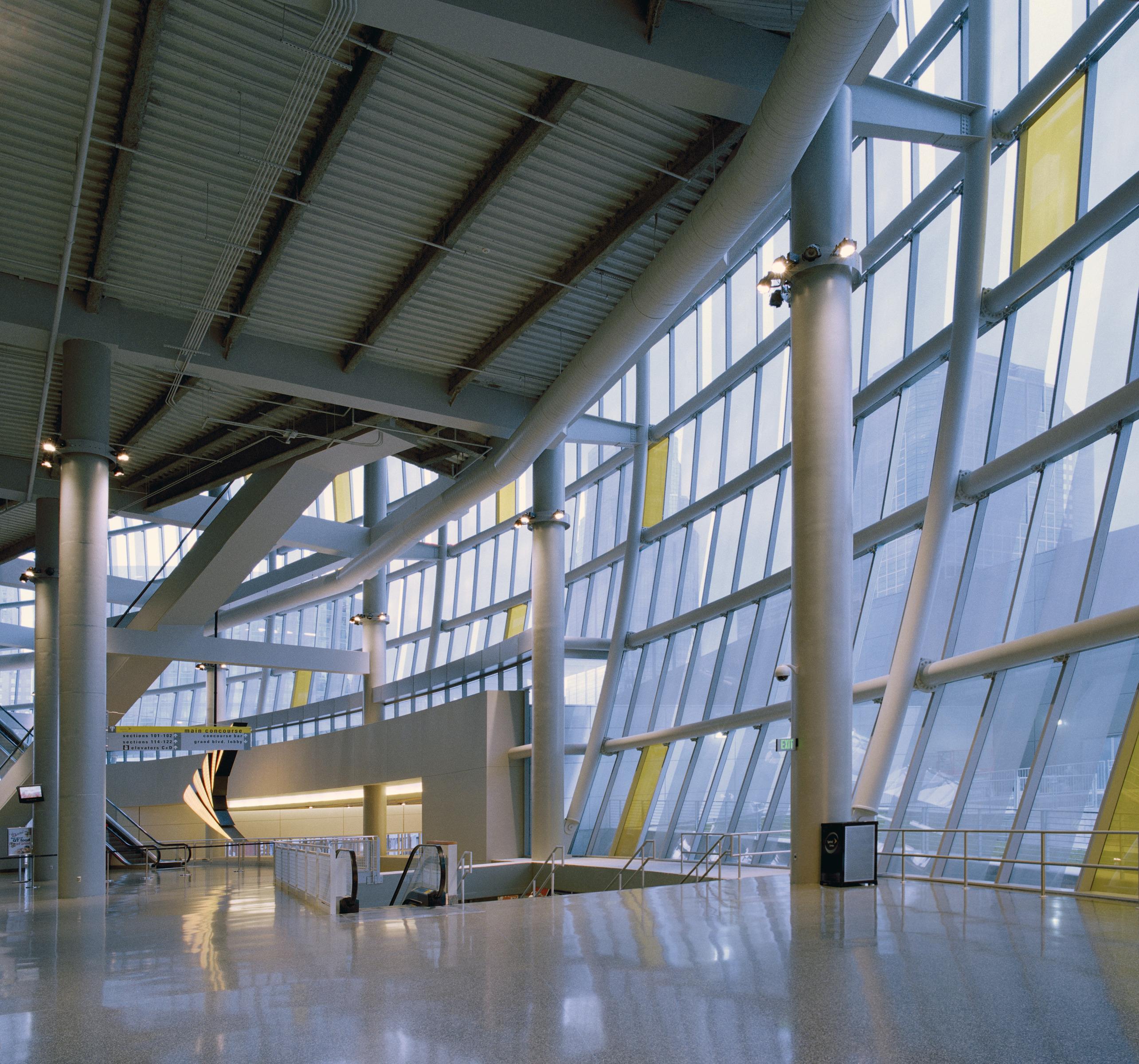Commercial building owners, how confident are you in the enclosure and structural systems of the buildings on your campuses and properties?
The list of questions below can be a helpful tool when preparing buildings for extreme weather events in order to keep building occupants comfortable and healthy. These questions also will help you keep the underlying and structural components of your building performing as intended.
When assessing your buildings, use the following questions as baseline. If risk triggers are discovered, or if answers are unknown, it may be time to reach out to an industry professional qualified to perform an assessment and prepare a summary of the condition of your enclosure or structure.
This assessment and report can be a vital tool to help understand and improve the performance and durability of the building, the health and wellness of the occupants, and the viability and resilience of the asset during an extreme or routine weather event.
- What type of roof system is on your structure?
- How old is your roof?
- Is the roof under warranty?
- Have you followed the warranty requirements?
- Have repairs been made with approved materials?
- When was the last time the roof was inspected?
- When was the last time ancillary or repair work was performed?
- When was the last major weather event?
- What is the exposure and where are my critical use areas?
- How is the roof water drained?
- Do you know the type of wall system?
- How old are the wall sealants?
- Do these sealants form the air/water barrier of the building?
- Do you have one exterior sealant bead or two?
- Is the wall system a barrier system or a drained system?
- Are there cracks or spalls that can allow water into the wall system?
- Are repairs needed that have been deferred?
- Do you know the type of fenestration system?
- Are the curtainwalls water managed or barrier?
- Have the gaskets or sealants been replaced?
- Is there one seal or two?
- Has the system been wet sealed?
- Have the weeps been blocked?
- Are the doors seals maintained and closed tight?
- Are water diverters in place?
- Are there plazas over occupied spaces?
- How old is the waterproofing?
If you are uncomfortable with any of the answers to the questions in this assessment, you may want to consider speaking with a licensed professional engineer or architect that is qualified to assess and design repairs for your building.
About the Author
Darek Brandt is a Principal and Senior Project Manager in Walter P Moore’s Diagnostics Group. He can be reached at dbrandt@walterpmoore or 407.418.2234.
More from Author
Walter P Moore | Oct 7, 2024
A journey through masonry reclad litigation
This blog post by Walter P Moore's Mallory Buckley, RRO, PE, BECxP + CxA+BE, and Bob Hancock, MBA, JD, of Munsch Hardt Kopf & Harr PC, explains the importance of documentation, correspondence between parties, and supporting the claims for a Plaintiff-party, while facilitating continuous use of the facility, on construction litigation projects.
Walter P Moore | May 28, 2024
Healthcare design: How to improve the parking experience for patients and families
Parking is likely a patient’s—and their families—first and last touch with a healthcare facility. As such, the arrival and departure parking experience can have a profound impact on their experience with the healthcare facility, writes Beth Bryan, PE, PTOE, PTP, STP2, Principal, Project Manager, Walter P Moore.
Walter P Moore | Mar 11, 2024
BIM at LOD400: Why Level of Development 400 matters for design and virtual construction
As construction projects grow more complex, producing a building information model at Level of Development 400 (LOD400) can accelerate schedules, increase savings, and reduce risk, writes Stephen E. Blumenbaum, PE, SE, Walter P Moore's Director of Construction Engineering.
Walter P Moore | Jan 18, 2024
Walter P Moore promotes former 40 Under 40 winner Kelly Roberts
In addition to her role as a Principal, Roberts is a distinguished leader in structural design with an extensive portfolio encompassing diverse projects such as educational and healthcare facilities to commercial and healthcare structures.
Walter P Moore | Sep 8, 2023
Secrets of a structural engineer
Walter P Moore's Scott Martin, PE, LEED AP, DBIA, offers tips and takeaways for young—and veteran—structural engineers in the AEC industry.
Walter P Moore | Jul 12, 2023
Building movement: When is it a problem?
As buildings age, their structural conditions can deteriorate, causing damage and safety concerns. In order to mitigate this, it’s important to engage in the regular inspection and condition assessment of buildings for diagnosis.
Walter P Moore | Jun 14, 2023
The high cost of low maintenance
Walter P Moore’s Javier Balma, PhD, PE, SE, and Webb Wright, PE, identify the primary causes of engineering failures, define proactive versus reactive maintenance, recognize the reasons for deferred maintenance, and identify the financial and safety risks related to deferred maintenance.
Walter P Moore | Jun 5, 2023
How to properly assess structural wind damage
Properly assessing wind damage can identify vulnerabilities in a building's design or construction, which could lead to future damage or loss, writes Matt Wagner, SE, Principal and Managing Director with Walter P Moore.














